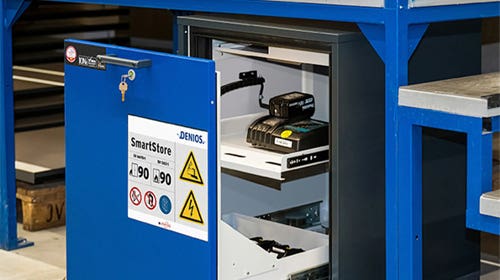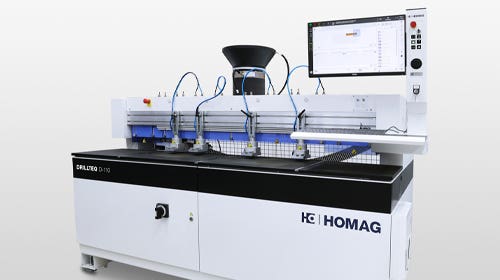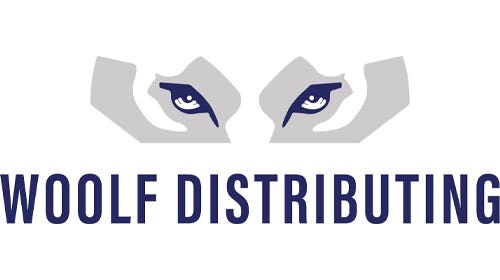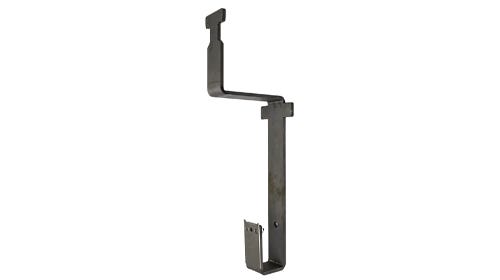Cherry sales stay on a steady course
Sales of cherry are described as steady and stable, according to lumber dealers interviewed by Woodshop News. Translation: Demand hasn’t increased or decreased, prices are about the same and there’s…
Sales of cherry are described as steady and stable, according to lumber dealers interviewed by Woodshop News. Translation: Demand hasn’t increased or decreased, prices are about the same and there’s plenty for anybody who needs it.
“Cherry used to be a predominant choice with customers and that’s going back many, many moons, but for the last year or so it’s been stable at a certain pace and that really has not changed. And it’s not like China’s going crazy over it or anything like that,” says Jim Reader of Downes and Reader, a retailer and wholesaler in Stoughton, Mass.
“It’s being used for cabinetry, flooring and millwork. It’s easy to work with and takes stain well. The only thing is that it’s subject to ultraviolet rays so it will darken over time when exposed to sunlight.”
Cherry (Prunus serotina), also known as black cherry, grows from Canada south to central Florida and portions of Mexico and Guatemala. Its highest concentration is in Pennsylvania, which supplies about 70 percent of the country’s cherry, although it only represents 3 to 4 percent of the Appalachian forests.
Rick Hearne, owner of Hearne Hardwoods in Oxford, Pa., says furniture makers continue to be regular customers for cherry. But he’s also heard about fluctuating sales from other dealers who sell to broader markets.
“In our particular end of the business, cherry never really dropped off the board the way it did in the main industry because furniture makers have been building with cherry all along and are still looking for premium pieces of wide and long cherry,” Hearne says.
“But cherry has been really soft in the big industry the past four years and has started to improve. The full upper grades are definitely improving and the lower common grades are still a little soft.”
Additionally, Hearne says that in speaking with other dealers, there’s not a big market for cherry logs in Europe. This creates a win-win for end users in the U.S. because a busy export market tends to reduce quality and raise prices of lumber.
“Quality has been much improved because the demand was soft. When the demand was strong you can sell anything with sap, gum or whatever because of the market. But when the market is soft people are more selective about what to buy because there’s more to choose from. As a result, now mills are trimming more sapwood out of the wood.”
Cherry (4/4, FAS) retails for about $5.40/bf and wholesales for about $2.90/bf, according to averaged quotes from lumber dealers.
This article originally appeared in the May 2015 issue.







